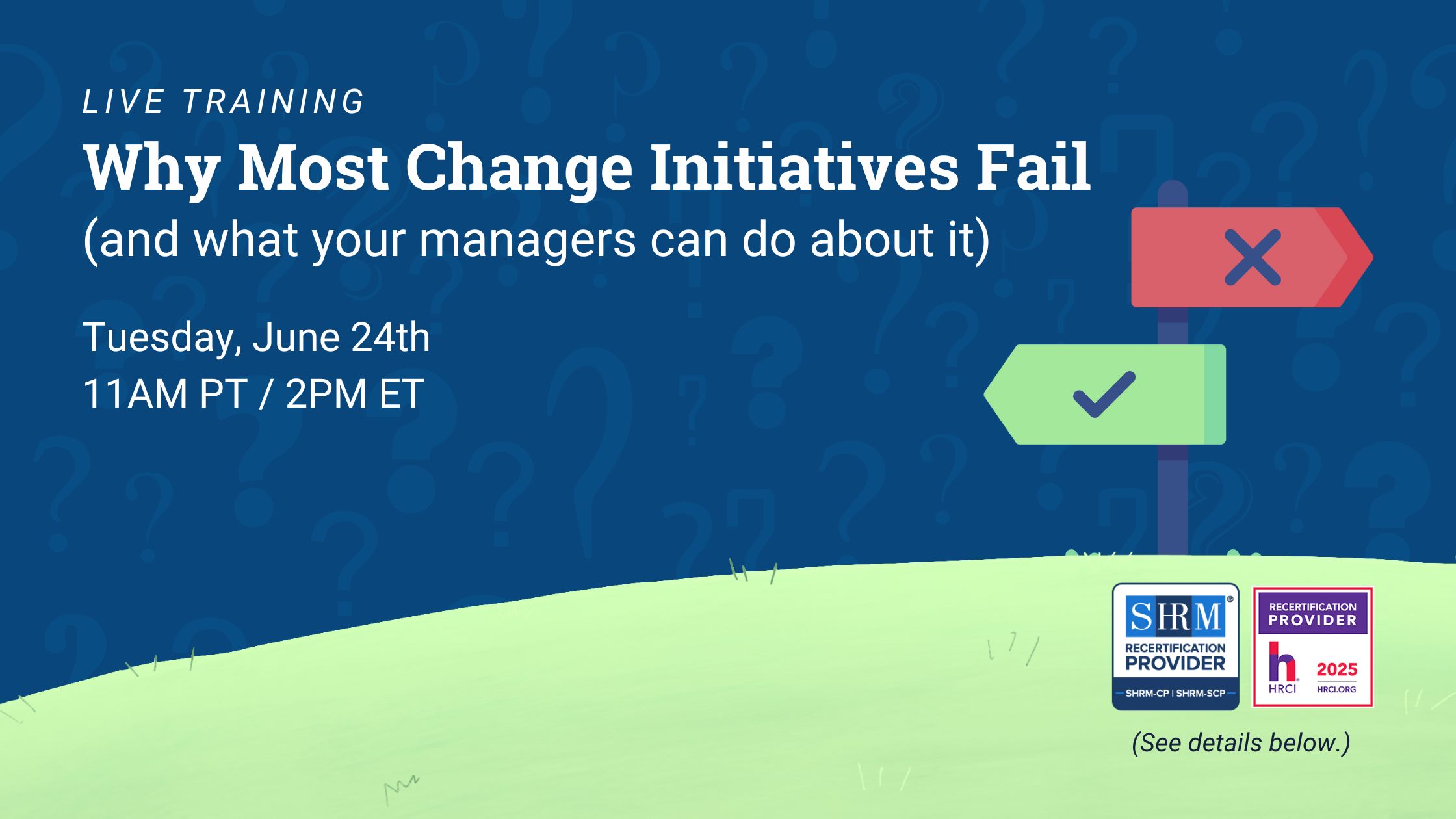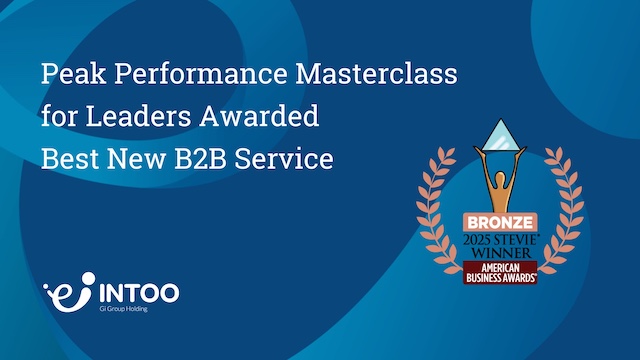Contents:
What Is Company Culture?
What Makes a Strong Company Culture?
Why Is Company Culture Important?
5 Tips For Creating a Successful Company Culture
How to Evaluate Your Company Culture
How to Build a Positive Company Culture
What Is Company Culture?
Company culture refers to the shared values, beliefs, norms, and behaviors that define the identity and environment of an organization. It embodies the collective personality of a company, shaping how employees interact with one another, make decisions, and approach their work.
The origin of the concept of company culture
The concept of company culture has its origins in the early 20th century, gaining recognition as businesses grew in size and complexity. During the industrial revolution, as companies expanded, leaders began to realize the significance of creating a cohesive work environment and fostering a sense of belonging among employees. Early pioneers like Andrew Carnegie and Henry Ford understood that a positive company culture could lead to increased productivity and improved employee morale. Over time, as the workforce evolved, so did the emphasis on the importance of company culture. In the latter half of the 20th century and into the 21st century, rapid technological advancements, globalization, and changes in societal values placed greater importance on factors beyond financial incentives. As a result, companies recognized that a positive culture was critical not only for attracting and retaining top talent but also for contributing to a business’s success, adaptability, and resilience.
Today, the emphasis on company culture has grown exponentially, with organizations actively investing in creating inclusive, diverse, and purpose-driven environments to attract the best talent and create a sustainable competitive advantage. As a result, it has become an integral aspect of organizational strategy across industries.
 What Makes a Strong Company Culture?
What Makes a Strong Company Culture?
A strong company culture fosters a sense of belonging, purpose, and unity among employees, promoting collaboration, innovation, and productivity. It influences hiring and the way people work and can have a profound impact on employee satisfaction, engagement, and retention. A positive company culture aligns with the organization’s mission and vision, while also emphasizing inclusivity, collaboration, career growth, open communication, and a commitment to employee well-being. Ultimately, a well-cultivated company culture can be a significant driver of an organization’s success and overall performance in today’s competitive business landscape.
Why Is Company Culture Important?
A positive company culture is of paramount importance for several reasons.
1. Connection
A strong company culture fosters a sense of belonging and unity among employees. When individuals feel connected to the organization and their colleagues, they are more likely to be engaged, motivated, and dedicated to their work. This, in turn, leads to increased productivity and efficiency, as employees are more invested in the company’s success and their part in its outcomes.
2. Satisfaction
A positive company culture promotes employee satisfaction and well-being. When employees are happy and content in their workplace, they experience lower stress levels and higher job satisfaction. This, in turn, reduces absenteeism and turnover, saving the company time and resources in recruitment and training. Satisfied employees also contribute to a stronger employer brand, making it easier to attract new talent, as described below.
3. Innovation
There is a greater chance that a company with a good company culture also fosters creativity and innovation than one without. When employees feel comfortable sharing their ideas and opinions, without fear of judgment, they are more likely to contribute original solutions and take calculated risks. A business that encourages learning and development will have a workforce consisting of skill diversity that makes it more agile and innovative. This dynamic environment leads to continuous improvement and can keep the organization at the forefront of its industry.
4. Talent acquisition and retention
As mentioned above, it’s much easier to attract and retain top talent when a company’s culture fosters satisfaction, happiness, and growth. In today’s competitive job market, skilled professionals seek not only financial compensation but also an environment where they can thrive, grow, and find meaning in their work. A company with a positive reputation for its culture is more likely to attract high-caliber candidates and retain valuable employees, reducing recruitment costs and maintaining a stable, skilled workforce.
5. Collaboration
Furthermore, a positive company culture enhances collaboration and teamwork. When employees respect and support one another, they are more willing to collaborate, share knowledge, and work together towards common goals. This synergy leads to better problem-solving and decision-making processes, ultimately benefiting the entire organization.
6. Brand reputation
In addition to the internal benefits listed above, a positive company culture can also serve external stakeholders, such as customers and clients. A company known for its ethical practices, inclusivity, and social responsibility is likely to build trust and loyalty among customers, leading to increased brand reputation and customer retention.
 5 Tips For Creating a Successful Company Culture
5 Tips For Creating a Successful Company Culture
How do you create a successful company culture that emphasizes connection, employee well-being, innovation and collaboration? INTOO client Jennifer Fisher, SHRM-SCP, Director of People and Culture at International Scholarship and Tuition Services, Inc. (ISTS) offers tips based on what makes her company’s culture work.
1. Talk to your employees.
Getting to know your employees is an essential step in creating a positive culture. Employees should feel as though they are recognized as individuals and not just a number in your workforce count.
Knowing your employees helps you to understand what is and isn’t working in your company. Fisher says her organization has all hands meetings and will sometimes offer a survey in conjunction with them. “[Also,] we do weekly announcements and sometimes we’ll ask a question in there.” She also says one-on-one meetings between employees and their managers are important to gain insights into how they are doing and what they need.
2. Offer benefits that align with employees’ needs.
These conversations also help determine what benefits are needed for employees. When considering a benefit, first determine what the benefit is supposed to solve for, as well as what the return should be. “What will it improve for people?” is a question Fisher says is important to ask. For example, if employees talk about a desire to increase their skills or need help with creating a strategy to grow with your organization, career development might be a worthwhile benefit to offer. If commuting costs are high in your area and people must work in an office, transportation stipends might make sense.
3. Emphasize and encourage alignment with core values.
Know your organization’s core values and hire candidates who align with them. That way new employees will not only be contributing to the effectiveness of your workforce, but will benefit your culture as well.
“When we bring people on, we want to make sure that they’re aligned with our core values. Our core values [are represented by the acronym] ‘GROWTH.’ Get it done. Respect everyone. Own the outcome. Work hard, play hard. Trust and be trusted. And help others. And we specifically ask questions in the interview process, for example, about how [the candidates] exemplify these,” says Fisher.
Then, make sure to hold your employees to those standards throughout their tenure.
“When we do our assessments, we ask people to focus on what they have done to embody these values over the past assessment period,” says Fisher.
4. Recognize employees and encourage them to do the same.
Fisher says that recognizing colleagues and employees regularly is also a vital aspect of their positive culture. “We can recognize each other.” Recognition can come in many forms—verbal recognition at a meeting or in department- or company-wide email, a simple thank you, a financial bonus, and more. Encouraging employees to recognize one another boosts collaboration, builds team spirit, and adds to a positive company culture.
5. Create opportunities for socializing.
When your employees get to know each other on a more personal level, their empathy can get a boost as their understanding of one another improves. No matter where your employees are, create situations that encourage social interaction to enable this type of bonding.
Prior to COVID, ISTS was in a shared office with some people working remotely. Since then they’ve become completely remote, spread across 12 states. But they make an effort to have both virtual and in-person get-togethers.
Remote events can include virtual happy hours, games, and even volunteering. “We do virtual volunteering for the people who don’t live in the Nashville [headquarters] area,” says Fisher.
In-person events can involve volunteering, as well as happy hours, picnics, cultural outings, and more.
“We have partnerships with some local charities to provide opportunities for both gathering and giving back. We regularly volunteer in groups at Nashville Diaper Connection and choose additional opportunities virtually and in-person each quarter to both connect and give back,” she said.
 How to Evaluate Your Company Culture
How to Evaluate Your Company Culture
Evaluating your existing company culture is a crucial step toward improving your organization’s internal dynamics and overall performance. There are a few methods a company can employ to assess its culture effectively:
1. Employee surveys
Conducting anonymous surveys among employees is a valuable way to gather honest feedback. These surveys can include questions about job satisfaction, work-life balance, opportunity for growth, communication, and the alignment of company values with employees’ personal beliefs. Analyzing the survey results can provide insights into the strengths and weaknesses of the company culture.
2. One-on-one interviews
Depending on the size of your organization, leaders and HR personnel may be able to conduct individual interviews with employees to gain deeper insights into their experiences and perceptions of the company culture. These conversations allow employees to express their concerns, ideas, and suggestions more openly, fostering trust and understanding.
3. Exit interviews
When employees leave the company, conducting exit interviews can help identify potential issues within the company culture that may have contributed to their decision to leave. Honest feedback from departing employees can be instrumental in making necessary changes.
4. Company reviews
Look at the reviews of your company on sites such as Glassdoor to learn what your current and former employees’ and candidates’ perceptions are about the organizational culture. Pay attention to common themes and remarks in particular, as they may provide insight into specific areas that require attention.
 How to Build a Positive Company Culture
How to Build a Positive Company Culture
Once the evaluation phase is complete, you’ll want to act on the learnings to improve company culture. Here are some steps to take:
1. Define and communicate core values
Clearly document and articulate the company’s core values and ensure they are communicated consistently throughout the organization. Leaders should lead by example and demonstrate the values they expect from employees.
Make sure the values are communicated at every touchpoint with the employee, from when they are candidates to when they leave the organization. A candidate’s experience with your company culture begins the moment they research your company to determine whether to apply. Make sure your website and career page accurately reflect the company culture, and that the application and interview process reflect your values. Don’t forget that how employees are treated when they leave the company can directly impact the culture of those who stay. For this reason, you will want to consider offering benefits such as outplacement as part of severance packages to employees who are impacted by layoffs.
2. Address cultural issues
If the evaluation reveals specific cultural issues, address them promptly. This may involve providing additional training, improving communication channels, or fostering a more inclusive and diverse work environment.
3. Encourage feedback and involvement
Surveys and other opportunities to learn from your workforce shouldn’t be a one-and-done affair. Rather, you’ll want to create an environment where employees feel encouraged to provide feedback and be involved in decision-making processes at any time. Regularly seeking employee input and involving them in shaping the company’s direction can lead to a more engaged and committed workforce.
4. Monitor progress
Continuously monitor the impact of the changes made to the company culture. Regularly assess employee satisfaction, retention rates, and productivity to gauge the effectiveness of the initiatives undertaken.
By taking the time to evaluate your current culture, making changes based on learnings, and adjusting over time as needed, you can improve your company culture. Implementing the tips provided above can lead to a happier workforce, which in turn can benefit productivity and overall company performance. In every stage of the employee lifecycle, INTOO helps employers protect their brand through effective candidate experience, career development, and outplacement services. Contact us to learn how we can make a difference for you and your employees.
Robyn Kern is a seasoned business writer who has written in the HR, education, technology, and nonprofit spaces. She writes about topics including outplacement, layoffs, career development, internal mobility, candidate experience, succession planning, talent acquisition, and more, with the goal of surfacing workforce trends and educating the HR community on these key topics. Her work has been featured on hrforhr.org and trainingindustry.com.


 What Makes a Strong Company Culture?
What Makes a Strong Company Culture? 5 Tips For Creating a Successful Company Culture
5 Tips For Creating a Successful Company Culture How to Evaluate Your Company Culture
How to Evaluate Your Company Culture How to Build a Positive Company Culture
How to Build a Positive Company Culture








